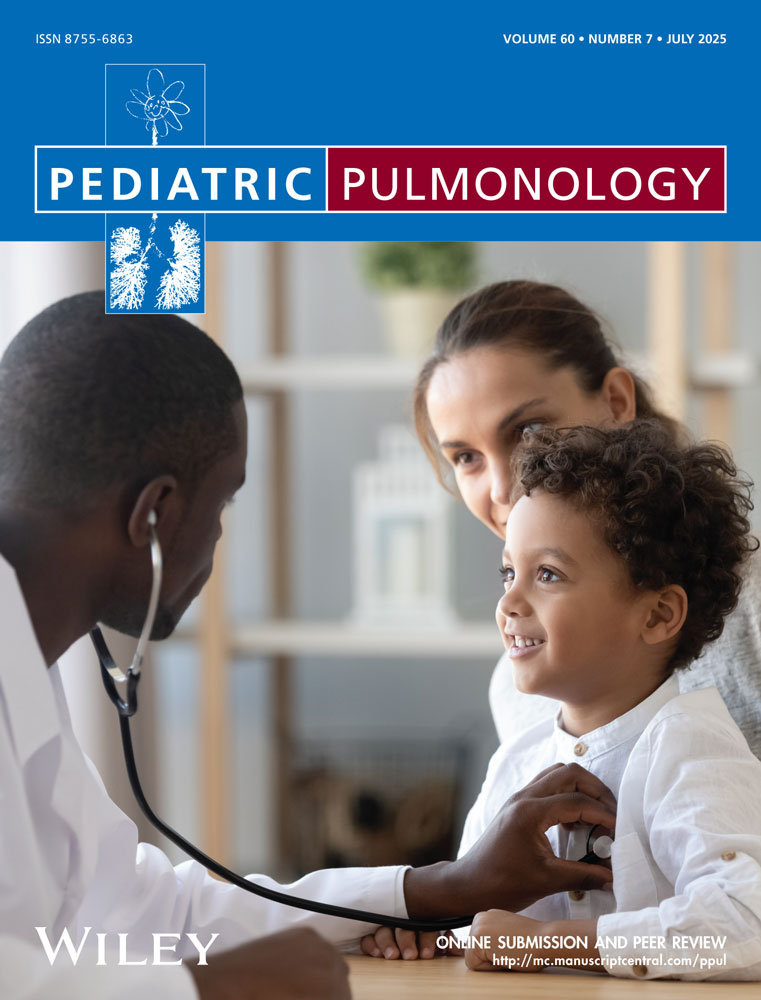Antimicrobial susceptibility of Haemophilus influenzae strains and antibiotics usage patterns in pediatric outpatients: Results from a children's hospital in China (2000–2004)
Abstract
Objective
To investigate the nasopharyngeal carriage and antimicrobial susceptibility of H. influenzae among children younger than 5 years old and to assess antibiotics usage patterns in the outpatient department of Beijing Children's Hospital from 2000 to 2004.
Materials and Methods
From 2000 to 2004, At least 100 strains of H. influenzae were isolated from the pediatric patients who were younger than 5 years and who presented with symptoms of acute upper respiratory tract infections during February to May in each of the study years. Antimicrobial susceptibilities were determined; and antibiotics usage was expressed as defined daily dose (DDD)/100 patient days.
Results
The overall nasopharyngeal carriage rate of H. influenzae is 26.3% (562/2,137) in children younger than 5 years old with acute upper respiratory tract infection. The percentage of ampicillin-resistant isolates ranges from 4.0% (4/100) to 14.3% (17/119) from 2000 to 2004. All the ampicillin-resistant isolates are β-lactamase producers. More than 80% of the isolates are susceptible to amoxicillin, cefaclor, and chloramphenicol; whereas, almost all (99–100%) of the isolates are sensitive to amoxicillin/clavulanic acid, ceftriaxone, and cefuroxime. For antibiotics utilization, macrolides are the predominantly used antibiotics, followed by cephalosporins and penicillins among pediatric patients in the outpatient department during the study period.
Conclusion
All amoxicillin-resistant isolates of H. influenzae are producing β-Lactamase; and the rates of amoxicillin-resistant isolates are increasing over time. Amoxicillin/clavulanic acid and cephalosporins are highly sensitive to H. influenzae isolated from Chinese pediatric patients. Macrolides are the most used antibiotics in the outpatient department during the study period. Pediatr Pulmonol. 2008; 43:457–462. © 2008 Wiley-Liss, Inc.




